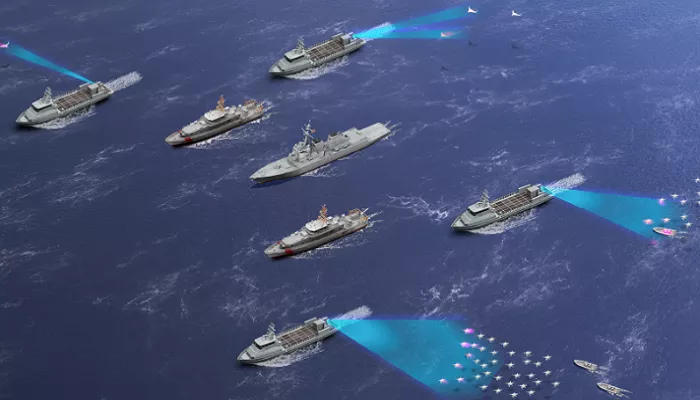Defense technology company Epirus has delivered a new counter-drone system to a U.S. Navy warfare center, following successful demonstrations of its technology last year.
The new system, called Expeditionary Directed Energy Counter-Swarm (ExDECS), is based on Epirus’s existing Leonidas platform. It was developed under a contract with the Office of Naval Research. ExDECS uses high-power microwave (HPM) technology to defend against modern threats, including explosive drones and unmanned surface vessels — like those recently seen in Houthi attacks in the Red Sea.
“Drone warfare is changing fast,” said Epirus CEO Andy Lowery. “Systems like ExDECS give Marines a powerful edge by disabling many electronic threats at once. We call it a ‘one-to-many’ solution.”
Lowery explained that the technology works by temporarily disabling enemy assets, such as the engines of drone boats, without harming humans.
The prototype system has been delivered to the Naval Surface Warfare Center in Dahlgren, Virginia. There, it will support the Marine Corps in testing how HPM technology can boost their Low Altitude Air Defense (LAAD) and Ground Based Air Defense (GBAD) missions.
This isn’t the first time the U.S. military has shown interest in Epirus’s work. Back in 2018, the U.S. Army selected Epirus in a competition run by its Rapid Capabilities and Critical Technologies Office. That led to a contract for at least four production units and additional awards to other firms.


